I often write about the need to understand and learn everything you can concerning your environment since it can be both favorable and detrimental to your survival. Your environment could, in theory, provide you with pretty much anything you need to survive regardless if the brown stuff hits the fan or not.
For centuries, humans have been developing special connections with the oceans since they had a direct impact on their overall survival. Our oceans influence the way we live in numerous ways, and their health can drastically impact our weather, the quality of the air we breathe, and most importantly, the food we eat.
Growing up, I was obsessed with the ocean, and I dreamed of becoming the next Jacques Cousteau. That never happened but I still respect and love the ocean since it’s a delicate and complex ecosystem that keeps us alive.
In the United States, we have more than 95,000 miles of total coastline, and according to the National Oceanic and Atmospheric Administration (NOAA), 12,479 of those miles are ocean coasts. And since humans have always been drawn by the ocean, there is quite a high density of population living in the coastal areas. Current estimations show that almost 40% of the entire US population lives near the coast.
I’ve traveled and fished in various coastal regions, and my goal has always been to catch only what I can use to feed myself or my family. I don’t fish for sport, and I will probably never do it since I see it as a waste of time and money. Preparedness teaches us not to waste our time and money, and I personally see no point in wasting either if it won’t benefit you short- or long-term.
Doing a little bit of fishing
If you live in the vicinity of the coast, you can do some inshore or offshore fishing, and the difference between these two involves a key factor, distance. The distance is the factor that determines what kind of fish you may encounter.
There is no exact definition for this distance, and inshore fishing can be done both from the shore or from a small boat in the waters of the coastal region. Regarding offshore fishing, when you’re going 20 miles or more from the land, you could consider yourself an offshore fisherman. In general, offshore fishing requires a larger boat that can handle the trip and the weather, a crew to run it, and a specific timeline to go to and from the area to be fished.
It goes without saying that the further you go out, the more chances you have of encountering bigger fish. However, the downside is that you have fewer encounters compared to inshore fishing, and it’s not profitable for an individual unless you are looking to get a trophy.
If you are looking to fill your freezer, inshore fishing is the way to go since it will provide you with a larger number of fish and various species, even if they tend to be smaller. Not to mention that inshore fishing is less expensive compared to offshore fishing, which requires expensive gear and various resources that many don’t have. As a prepper, you have to think if the potential reward is worth the investment, and in my personal opinion, it’s not worth it.
Gear needed
If you want to become an inshore angler and fish from the shore, beach, kayak, or small boat, you will need to purchase some gear. For example, I recommend getting two medium-heavy-action casting roads and equipping them with saltwater spinning reels and a 20-pound test monofilament line. These are ideal for bass and bluefish. For flounder, snapper, or puppy drum, I’m using a medium-action spinning outfit with a basic reel and 10-pound test monofilament.
Regarding the lures, I can tell you from experience that nothing beats a spoon. For bait, you can use live or dead baits, but you need to match the bait to what the fish in your region eat.
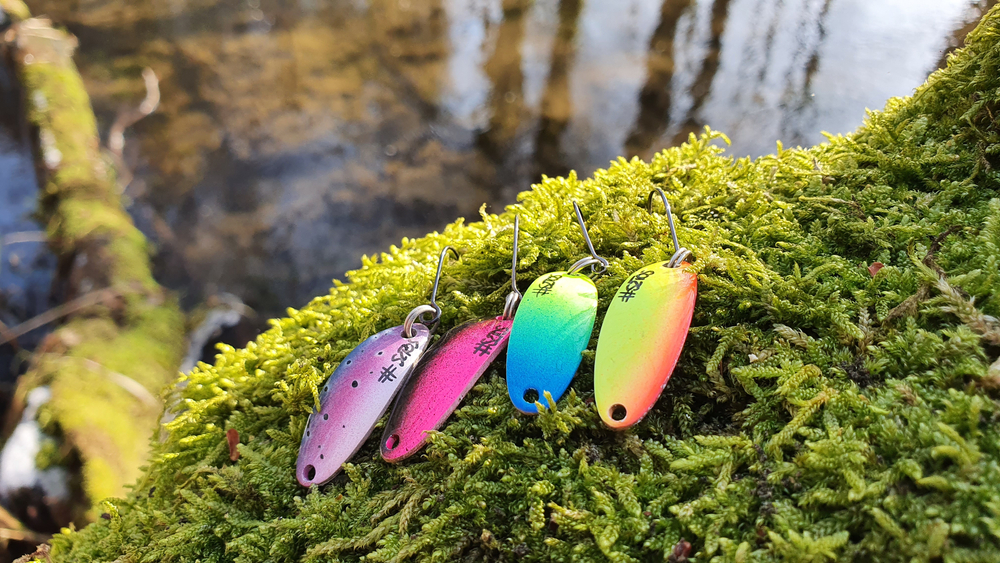
If you go for groundfish such as haddock, cod, pollack, and hake, you will need gear with plenty of backbone because you will be hauling from the depth, and the size of the fish will put some strain on your gear. A heavy rod paired with a large reel that can hold plenty of line and spooled with 50-pound test line is the way to go.
Fishing gear is a matter of personal choice, and everyone is free to get and try whatever works best for them. These are just a few suggestions, so make sure you do your own research before deciding on certain gear.
Harvesting crustaceans and shellfish
A lot of folks living near the coastline engage in harvesting lobsters, shrimps, and crabs but also shellfish such as clams, oysters, mussels, and snails because they are a popular seafood delicacy. There are various species of crustaceans and shellfish inhabiting the oceans of the world, but the process for catching them is the same.
If you plan to harvest lobster, you will need an average boat, buoys, and a few traps. Harvesting lobster isn’t cheap since you also require a license, and the process is often a hit and miss. However, it’s a good option if you already have a boat, and it can also bring some extra money if you do it successfully.
Crabbing is often done by setting traps from a boat, but it can also be done closer to shore. You can tie crab traps to a pier and drop them in the water. I’m usually trying this method when I’m fishing on the pier, and I try to multitask as much as possible. I bait two traps with a piece of chicken each; I lower them in the water and let them do their thing while I’m fishing.
I remember when I was a kid, I would go to the coastline with my parents, and we would harvest oysters as a relaxing pastime. Nowadays, oyster beds have been devastated, and this pleasant activity remains nothing but a memory. If you want to harvest shellfish, clams and mussels are the main options nowadays, but even for these, you may require a permit.
For a proper clam harvesting experience, you will need a bucket, a pair of rubber boots, and a clam rake to dig them out of the sand. This operation requires a certain learning curve, and it takes time to improve your skills.
Mussels, on the other hand, can be obtained much easier, and all you need is the aforementioned bucket and pair of rubber boots, but also a sharp knife. Walk the tide pools in your area, spot the mussels and use the knife to pry them of the rocks they are attached to.
Harvesting seaweed
The use of seaweed as a food source can be dated back to early humans, and even if eating seaweed has become “popular” in the last 2-3 decades, many cultures around the world have been using seaweed in their food dishes, from soups to sushi for centuries.
Seaweed is edible, nutritious, and also has certain health benefits, and this is why you’re beginning to find It more and more often on the shelves at grocery stores.
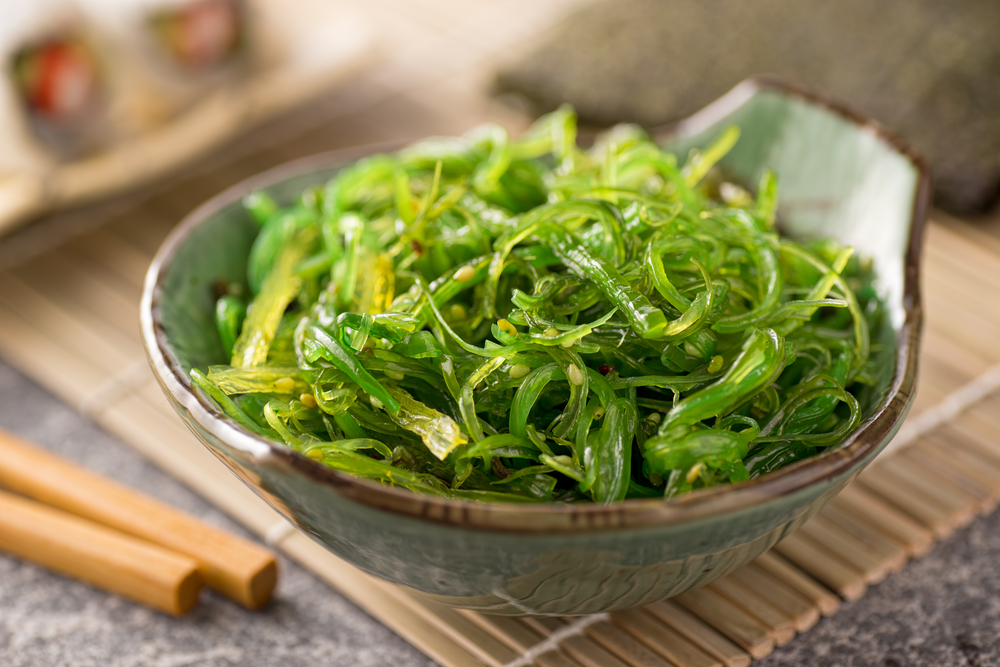
If you plan to harvest seaweed, you should learn about seaweed classification first since it will help you figure out where various seaweed species can be found. There are three main groups of seaweeds, as follow:
- Green seaweeds, also known as Chlorospermeae, can be found in the highest water regions.
- Brown seaweeds, also known as Melanospermeae, can be found below the tide marks, usually at a depth of 1-3 fathoms.
- Red seaweeds, also known as Rhodospermeae, can be found below the tide to a depth of 100-120 fathoms.
The good news about harvesting seaweed is that oftentimes you don’t need a boat to do it, and many seaweed species may wash ashore after a storm. Your job is to be able to identify the seaweed, harvest, and process it for cooking.
Here are a few examples of edible seaweeds:
Sea Lettuce (Ulva genus) – With vibrant green color, this seaweed has a soft texture and taste, and it can be eaten raw or steamed. You will often find it covering the rocks along the higher tidal zones. I recommend gathering it when it’s still covered by clear seawater to be sure it didn’t collect sand, or it’s not dried by the sun. I also recommended washing it througgly to make sure it hasn’t been contaminated by sea creatures.
Oarweed (Laminaria digitata) – This tough, leathery, dark brown seaweed grows up to 9 feet. You can cut oarweed into fine strips or slices and then you can add it to stir-fries, soups, or stews. Oarweed can be found in the lower tidal zone and can only be harvested during low spring tides.
Lava (Porphyra umbilicalis) – This almost see-through seaweed can be found stretched against the rocks at low tide. With a dark brown to a greenish color and rubbery texture, this seaweed has a 45% protein content, and it can be used as a meat substitute. Lava is native to Wales, and it is recommended to boil it for at least 2 hours before eating it or adding it to other dishes.
Dulse (Palmaria palmata) – A tender and soft to the bite seaweed that can be added to salads and eaten raw. This seaweed can also be consumed steamed, boiled, or fried. Dulse can be found in the mid-tidal zone, and always harvest the purple ferns since they have a softer texture.
Sea Spaghetti (Himanthalia elongata) – As the name implies, this long and brown seaweed looks like spaghetti. And just like spaghetti, it is easy to cook if you cut it into long pieces. Make sure you wash it thoroughly before using it for your dishes since often times small sea creatures get entangled in it.
Sugar Kelp (Laminaria saccharina) – Sugar kelp forms what is known as the forests of the sea, and they have a long, belt-like form with frilly edges and a rippled midsection. It can be harvested in low water zones, and it often grows in the vicinity of oarweed. Sugar kelp is a nutritious food high in fiber, vitamins, and minerals. Cut it into thin slices and add it to stir-fries and soups.
Staying ahead of the competition
Without a doubt, the coastline can provide us with an abundance of food sources if you are equipped with the right gear and knowledge. The main problem I see with exploiting the oceans is the fact that we humans have no limits, and all we do is take and take without thinking of the future generation and without implementing measures to protect our oceans.
The oceans are already being overfished and harvested beyond restoration, now during times of peace and prosperity. Imagine what would happen during a national emergency or worldwide disaster that would force people to compete even more for their food source.
Today, you may not be directly influenced or bothered by the actions and consequences of overfishing, but the impact on the entire ecosystem will soon be felt by all of us.
Imagine things like this, once the supply chain breaks in a certain region and food becomes rare, the humans inhabiting that region will rely on alternative food sources to survive. This means that they will hunt and fish to put food on the table, and there will be a lot of competition for these resources.
Regarding the coastal regions, such places will become attractive to many since they will assume there’s plenty of fish to go around. That’s a wrong assumption, and when fish start to disappear, that’s when conflicts will begin to emerge.
Your job would be to stay ahead of the competition if you plan on using the coastline during times of adversity, and that is something harder to prepare for.
The coastline can indeed provide an abundance of resources, but for how long?


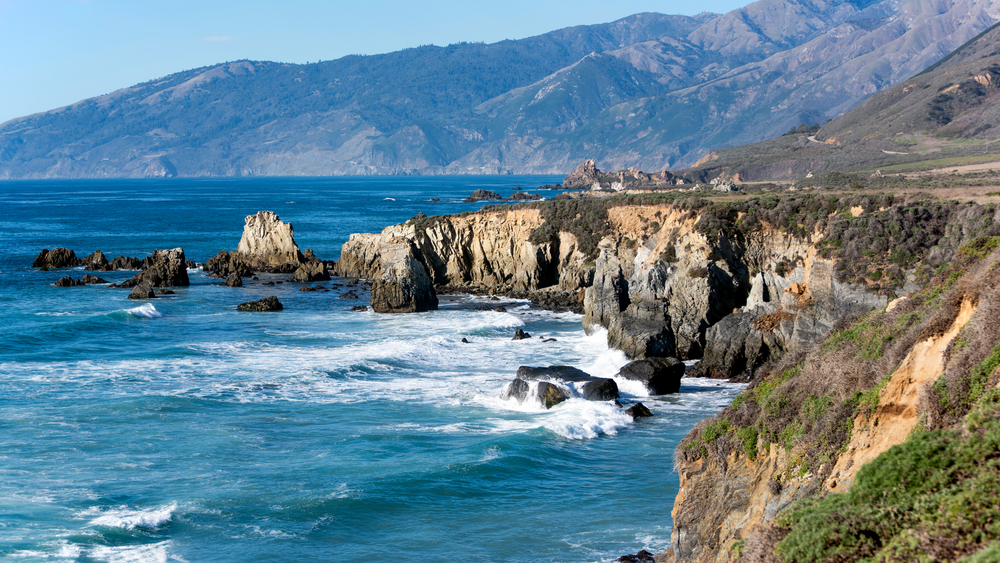



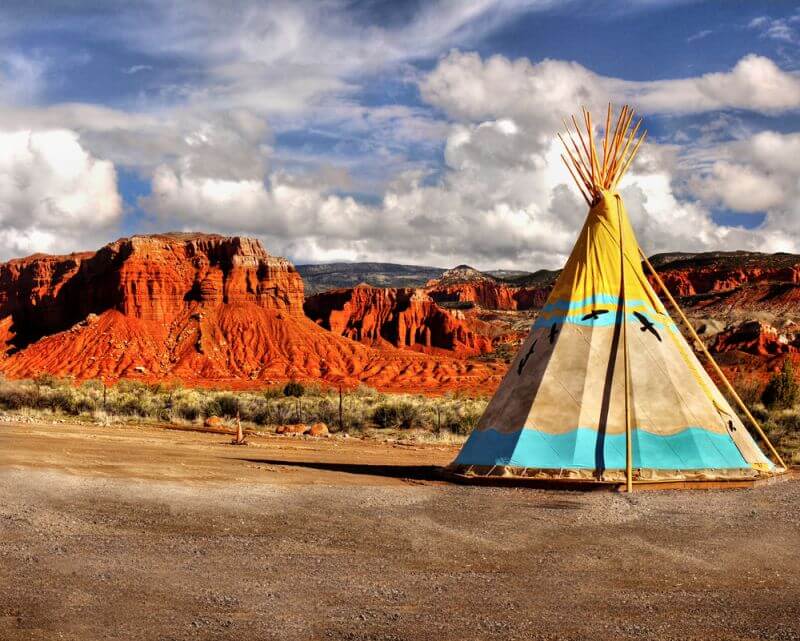
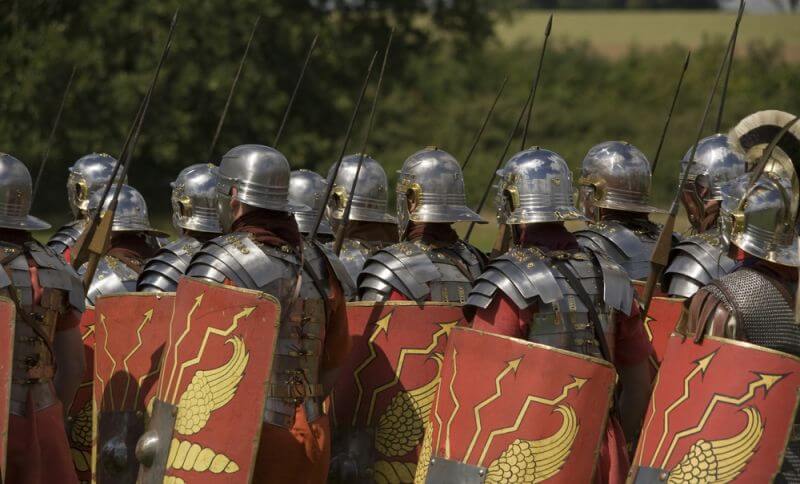
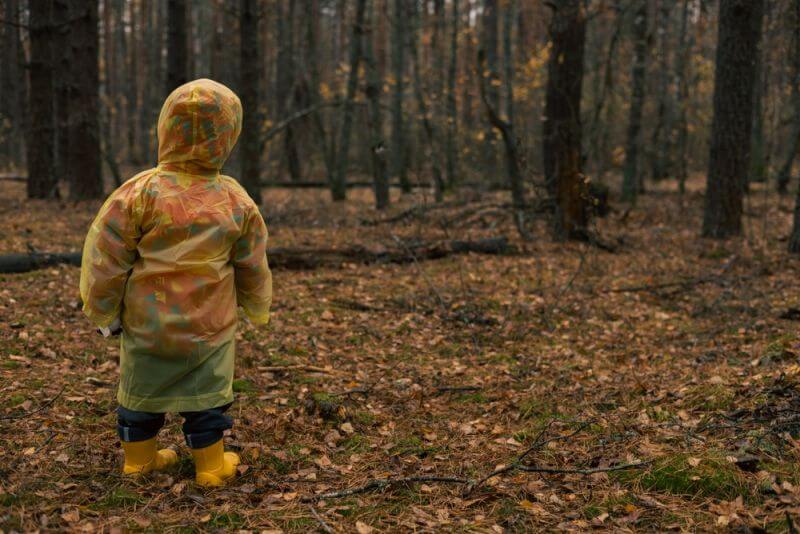

radar | September 5, 2022
|
Great info–the kind that identifies for me what additional info to look for. I’ve lived on E/W coasts, but never got the info you provided, nor knew where to look (and much of that was during the Pre-PC years).
Darren | September 5, 2022
|
good article tho other point about living near the coast:from former floridian
NEVER turn your back on the ocean. even while sleeping, ALWAYS keep an eye on it.
apart from “whatever it wants”, you never know what the ocean will do in any given moment
also PLEASE learn to swim..and teach same to your kids…